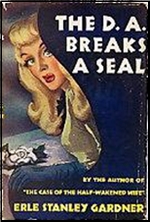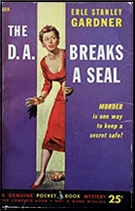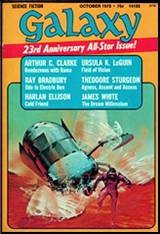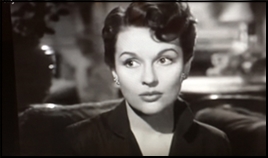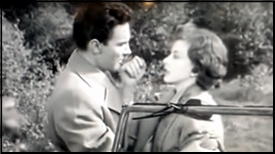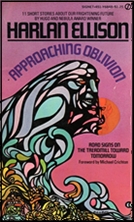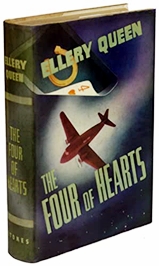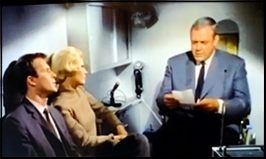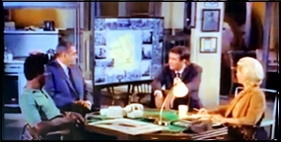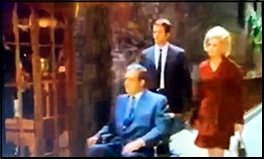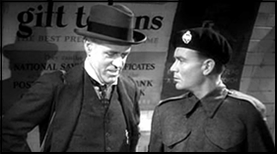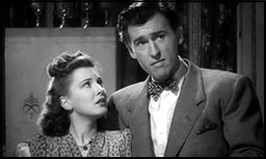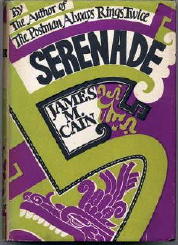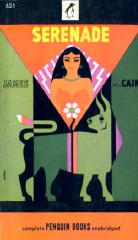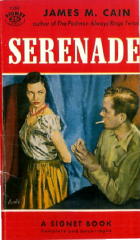REVIEWED BY DAVID VINEYARD:
MORRIS WEST – Summer of the Red Wolf. Morrow, hardcover, 1971. Pocket, paperback, 1972.
Suddenly I was sick of the savagery of the world.
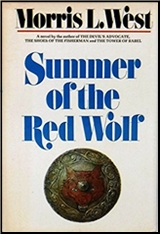
The unnamed narrator of Summer of the Red Wolf is a writer facing the most extreme kind of ennui. He is fed up with civilization, sick of the world; “I was engulfed in black despair.â€
“The world would not stop for me. I could only jump off of it into a dubious eternity.â€
Maybe it is fate he meets Alistair Morrison. Morrison is one of those fictional deus ex machina the hero of this kind of book encounters at just the right moment, a semi-mystical philosopher/gadfly who plunges our narrator into a life devoid of all the pretense of civilization.
“Sometimes a man falls sick of the sunlight itself. He sees everything so clearly he becomes blind…It’s time to go then. Time to stick a shell in his hat, pick up the Pilgrim staff and take the road.â€
“What road?â€
“To the place of unknowing.â€
For our hero the “place of unknowing†is beyond the isle of Skye, “and may Saint Donan be between you and harm.â€
On the way to his remote fate our hero meets Dr. Kathleen McNeil, a dark haired long legged Scot he will soon fall in love with, and the man who will change his life, Red Ruarri Matheson, master of the ship Mactire (Celtic for wolf), a bearded Viking of a man, “…he had the watchful sidelong glance of the commando,†a dangerous man, a gun runner, and more, friend, enemy, antagonist, and killer. Ruarri the Mactire.
“Women I love. Money I love. Horses I can take or leave, like oysters. And for the Irish and their squabbles, I don’t give a hoot in hell.”
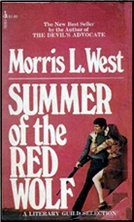
The writer, who Rurarri calls sennachie, or storyteller, sees himself in the shadow of the Red Wolf, but unconsciously matches him as an adventurer. This is the classic form of the adventure novel, David Balfour meeting Alan Breck, Jim Hawkins first encountering Long John Silver, the narrator of The Third Man meeting Harry Lime, Marlow and Kurtz, the opposites that not only attract, but that are strangely mirror images…
Morris L. West cut his teeth writing adventure fiction and thrillers in his native Australia before he turned to bestseller-dom with books like The Daughters of Silence, The Ambassador, and eventually The Shoes of the Fisherman, Harlequin, The Navigator, and The Salamander. Eventually Hollywood came calling too with movies and mini-series and his works topped the New York Times Bestseller List regularly.
Eventually Red Ruarri, wild Ruarri, Ruarri the Red Wolf goes too far and the sennachie has to challenge him, a demonstration of fencing with a saber with Ruarri out to do real harm, and the narrator recognizing he can only save himself and Ruarri by besting him.
There is murder at the heart of the story, and a surprising twist in the dynamic between the man of letters and the man of action that comes at the books emotional climax.
This is Buchan and Stevenson country with hints of Conrad’s complexity and depth, a kind of poetry of adventure and far places on the edge of civilization as most of us know it. It is the poetry of the wild wet wind off the sea, of rocky coasts, and ice driven breezes, of life lived at a different pace closer perhaps to the both the elements and the ever present shadow of death. West was the most literary of the major bestselling writers of his time and something more than just a name on the bestseller list, and this, I suspect, his most personal novel.
They were very old men and they must have seen many departures and many dyings and all the griefs of the sea over the years: but they were still here, working the same simple task, glad of the sun while it lasted, and glad of the warm foggy bar, when it wasn’t. For them life was its own absolution, and time brought its own healing, sooner or late. I was no better than they and certainly no wiser; so why should I ask for more? It was time to be up and doing and to hell with yesterday…
If it is not great literature it is a kind of literary experience that I have always savored, and will, I hope continue to for as long as I read and write. Those “places of unknowing†call the armchair adventurer in all of us, and to be fair it is a damn site more comfortable than the actual icy blast of the North Sea and the wind rattling the shutters as the wild thunder rolls and heavy waves erode the shore.
Summer of the Red Wolf is as good a choice to curl up in a good chair with a snoring cat in your lap or dog beside you, a glass of good whiskey at hand. and settle in for a long read as I can imagine, and for me that in itself may be my highest recommendation. The Sennachie and Ruarri the Mactire will linger in your imagination long after you have turned the last page and laid the book aside.
